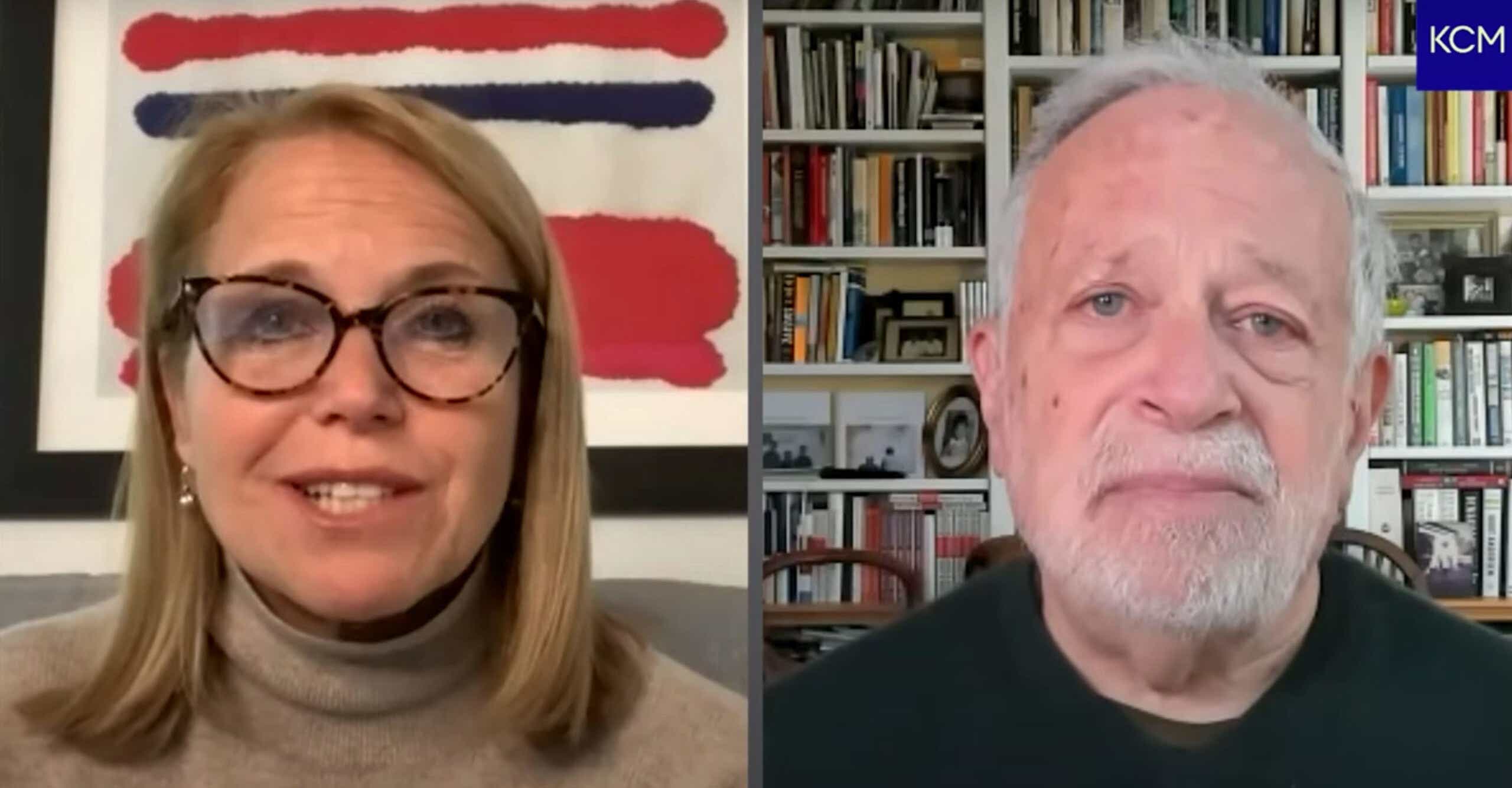Americans have about $1.6 trillion in student debt. It’s a hardship shouldered by millions, and President Biden seems poised to address the issue in his first 100 days by enacting some form of student debt forgiveness. I spoke with former Labor Secretary Robert Reich about how that process would work, if it’s economically feasible and some long-term solutions for making higher education more affordable.
Check out a clip of our conversation and read a portion below.
Katie: We’re in the middle of a global pandemic and the economy is in shambles. Yet President Biden has decided to take on student loan forgiveness in his first 100 days in office. Why has he decided to tackle this now?
Reich: Student loan debt forgiveness is a huge problem for middle class Americans and poor Americans. Americans have $1.6 trillion in student debt. I often encounter people who have student debts going back 10 or 15 years; They’re still burdened by it.
So to the extent that he can do this with an executive order, not going through Congress, he’s going to try to do it. The real question is how much student debt and how much individual student debt he actually wants to forgive.
Well, how do you forgive student loan debt? How does that work? Is it even feasible financially? There’s only so much money to go around, right?
Well, it is feasible financially. But you’re absolutely right, there is only so much that the government can do. But the debt was processed by and is owned, in effect, by the government, through the Education Department. And so the Department of Education does have the power to forgive the loans, even without Congress.
What are some of the obstacles that are prohibiting student loan forgiveness from passing?
The real problem has to do with the bookend demographics: people who have already paid off their student debt, who might feel that they’re being treated unfairly since they paid their loans already. On the other side, you have people who are just starting to take on student debt, who might feel like, “Other people got their student loans forgiven, and now I don’t have a guarantee that I’m going to have mine forgiven. That seems unfair.”
So there is a question of fairness and equity and that makes it very tricky.
Right, you have to consider all the people in the future who are going to be taking on student debt. Can this cycle of taking on debt and then having the government forgive it continue forever?
In theory, it could continue forever, but it’s very expensive. It would probably be more efficient to say, for example, that all public higher education be free, or that the government subsidize public universities up to a certain level of family income.
To instead do it this way, through student debt forgiveness, is a kind of an awkward and backwards solution that could lead to a lot of injustices. After all, Katie, it’s really the wealthiest third of Americans on average whose children go to college. The poorest two-thirds of American children tend not to go to college. What you want to do is make college more affordable.
So how do you do that? And how do you keep the cost of college from going up constantly, but keep colleges in business? It’s complicated, isn’t it?
It’s pretty complicated, but there’s some basic principles here. Number one: you want colleges to control their costs. Number two: you want to make sure that the for-profit colleges are not taking advantage of people, including very poor families. Number three: you want to make sure that college accessibility is maximized for the bottom two-thirds of Americans.
Can community college be part of the solution here?
I think community colleges are the great unsung heroes of the entire higher education system. Some of my best students are transfers from community colleges. They put in two years at a community college, and then they transferred to the University of California, Berkeley. You see that all over the country. So yes, community colleges need to be part of the larger solution.
Do you think Dr. Jill Biden is going to be a great advocate for figuring our way out of this morass of higher education?
Well, it certainly sounds like it. She’s very dedicated to higher education and also to affordable higher education. And you need somebody who understands the complexity of these systems and the needs of these students.
Our young people are — it sounds trivial to say — our future. I mean, they really are the most important investments we can make. And higher education is not a private investment. It is a public good in a democracy.
Stay tuned for the rest of the conversation next week.













